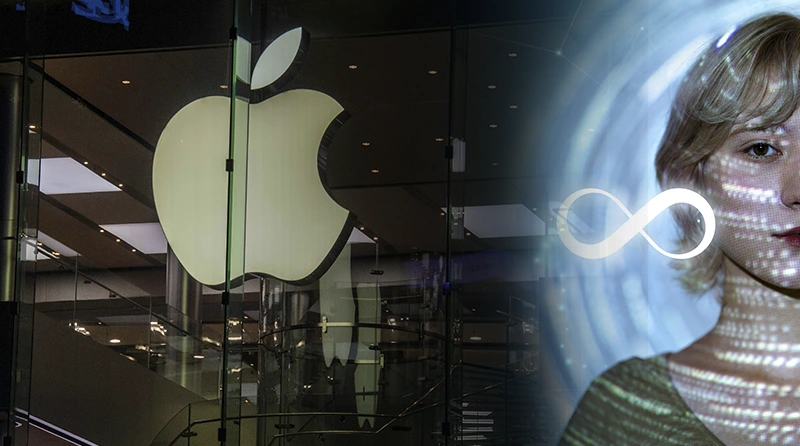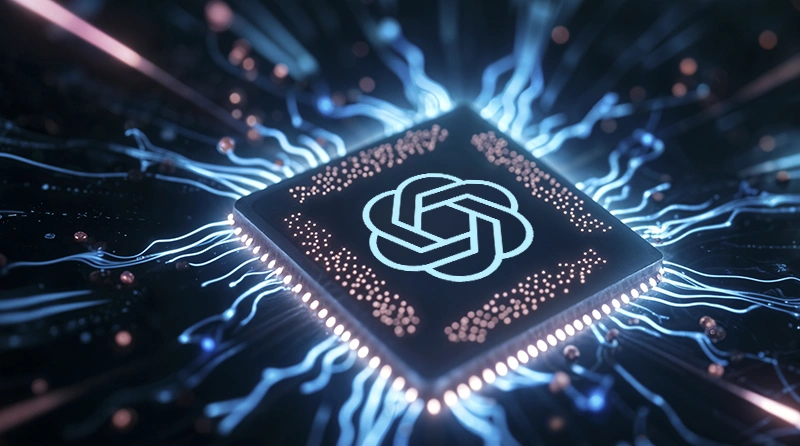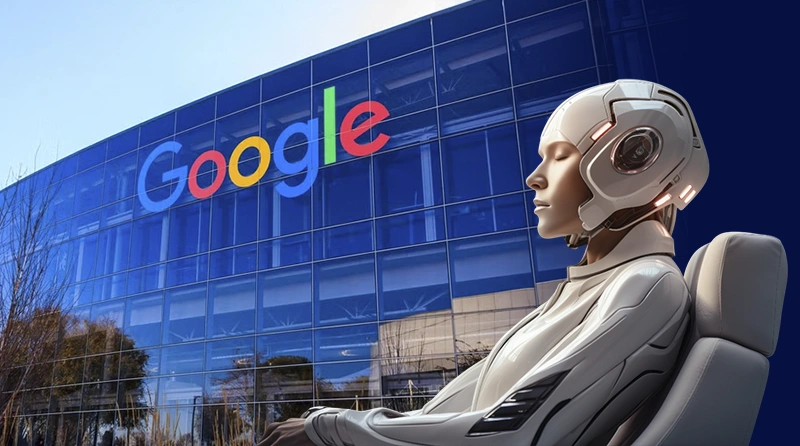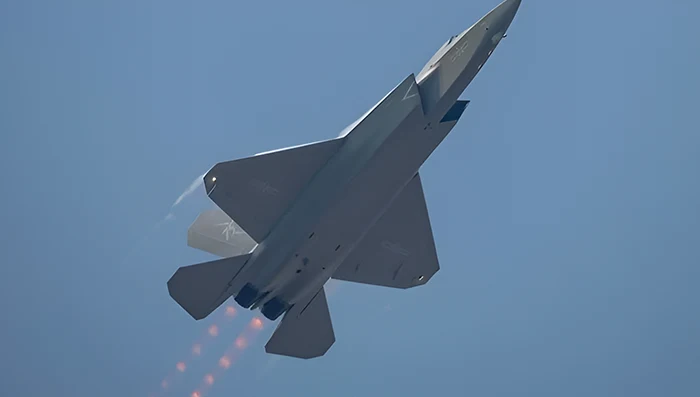OpenAI Just Released it’s First Open-Weight Models Since GPT-2
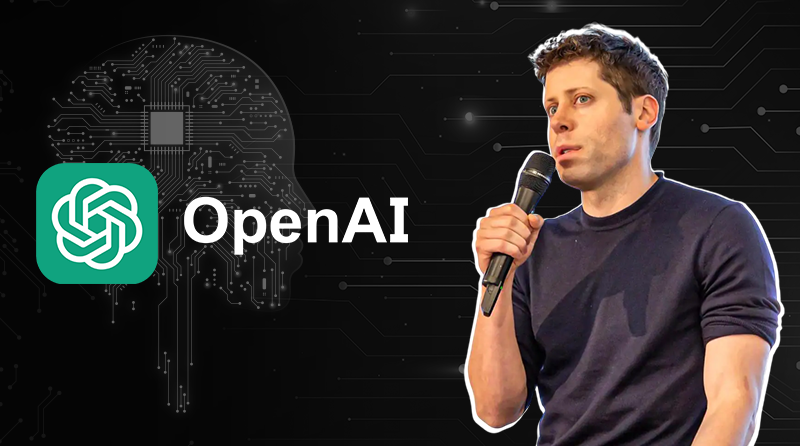
OpenAI has recently launched its first open-weight model in more than 5 years. The new launch consists of two language models that include gpt-oss-120b and gpt-oss-20b. The core competency of these models is that they can run locally on the consumer device and can even be fine-tuned for particular purposes.
However, the move towards an open group of AI model seems contradictory to their recent strategy of focusing on proprietary releases. Open AI CEO Sam Altman said in an emailed statement, “We’re excited to make this model, the result of billions of dollars of research, available to the world to get AI into the hands of the most people possible.”
User can now download both the AI language model from popular hosting platform Hugging Face, specially designed for AI tools. As the last open-weight model was released by OpenAI in 2019 with the name GPT-2, gpt-oss-120b and gpt-oss-20b became the first launch in a very long time.
The unique specialty of these open-weight models is that the weights are transparently available to the public, allowing them to see and understand the internal parameters of the tool and get an idea of the overall working mechanism.
Greg Brockman, Co-founder of OpenAI, sees the new release as “complementary” to the existing paid services offered by the firm. “Open-weight models have a very different set of strengths,” shared Brockan with the reporters. While ChatGPT requires an active internet connection, gpt-oss models are designed to work without an internet connection and behind a firewall.
Both the gpt-oss models deployed by the firm use chain-of-thought reasoning approaches that were also deployed in the o1 model last fall. These generative AI models follow the unique approach of processing multiple steps in order to answer a prompt instead of just producing an output.
The new text-only models are not multimodal as they have the capabilities to browse the web for information, execute code, call a cloud-based model for assistance in the task, and navigate the software just like an AI agent. Gpt-oss-20b is the compact AI model among the two, which can be used in any mobile device with more than 16 GB of memory.
Both the new models are made available under Apache 2.0 license, which remains a popular choice for open-weight models. This license makes it easier to use the AI models for commercial and redistribution purposes.
The public announcement for both these models was made in March; however, the launch was delayed due to safety testing. It is more important to ensure complete safety testing in an open-weight model as it is more dangerous than the closed-off version. The reason is, anyone can try to fine-tune the open-weight model version for any unintended purposes.
Along with the security evaluation, OpenAI relies on its proprietary model to see how a “bad actor” can misuse the new models. Eric Wallace, a safety researcher at Open AI, shared, “We fine-tuned the model internally on some of these risk areas, and measured how high we could push them.” OpenAI’s test reveals that new open-weight models don’t possess the high level of risk as measured by the preparedness framework.
Chris Koch, an OpenAI researcher, said in a statement, “The benchmark scores for both of these models are pretty strong.” The performance of gpt-oss-120b is compared with OpenAI’s o3 and o4-mini models. According to the tests, the new open-weight model even outperforms both of the proprietary models in several evaluations. During the pre-launch press briefing, OpenAI staff members also focused on the latency offered by gpt-oss, along with ensuring the cheaper cost to run these open-weight models.
The Chinese AI startup DeepSeek left every jaw dropped in Silicon Valley with the release of its cheap-to-run AI model, which was also open-source. The release blog about gpt-oss doesn’t talk about any Chinese company or DeepSeek, as Altman is very clear to have innovation around open-weight models in the USA only. Altman also shared in a statement, “Going back to when we started in 2015, OpenAI’s mission is to ensure AGI that benefits all of humanity. To that end, we are excited for the world to be building on an open AI stack created in the United States, based on democratic values, available for free to all and for wide benefit.”
Meta has been the open-weight leader in the USA as it fisted released the Llama series of models in 2023 with Llama 4 arriving in recent months. It directly signals that Meta is highly focused on building AI models that can overtake human cognition by naming it “superintelligence”. However, Mark Zuckerberg has also indicated that the company might prefer to distance itself from open-source in future models, solely due to the safety concerns.
The release of gpt-oss models also appears to be a result of an AI talent war among companies like OpenAI and Meta that continues to ramp up. In 2025, the AI researchers with high skills are being presented with astonishing offers to switch companies. The gpt-oss model seems to be a stiff competition for Meta if it is received well by the developers.



